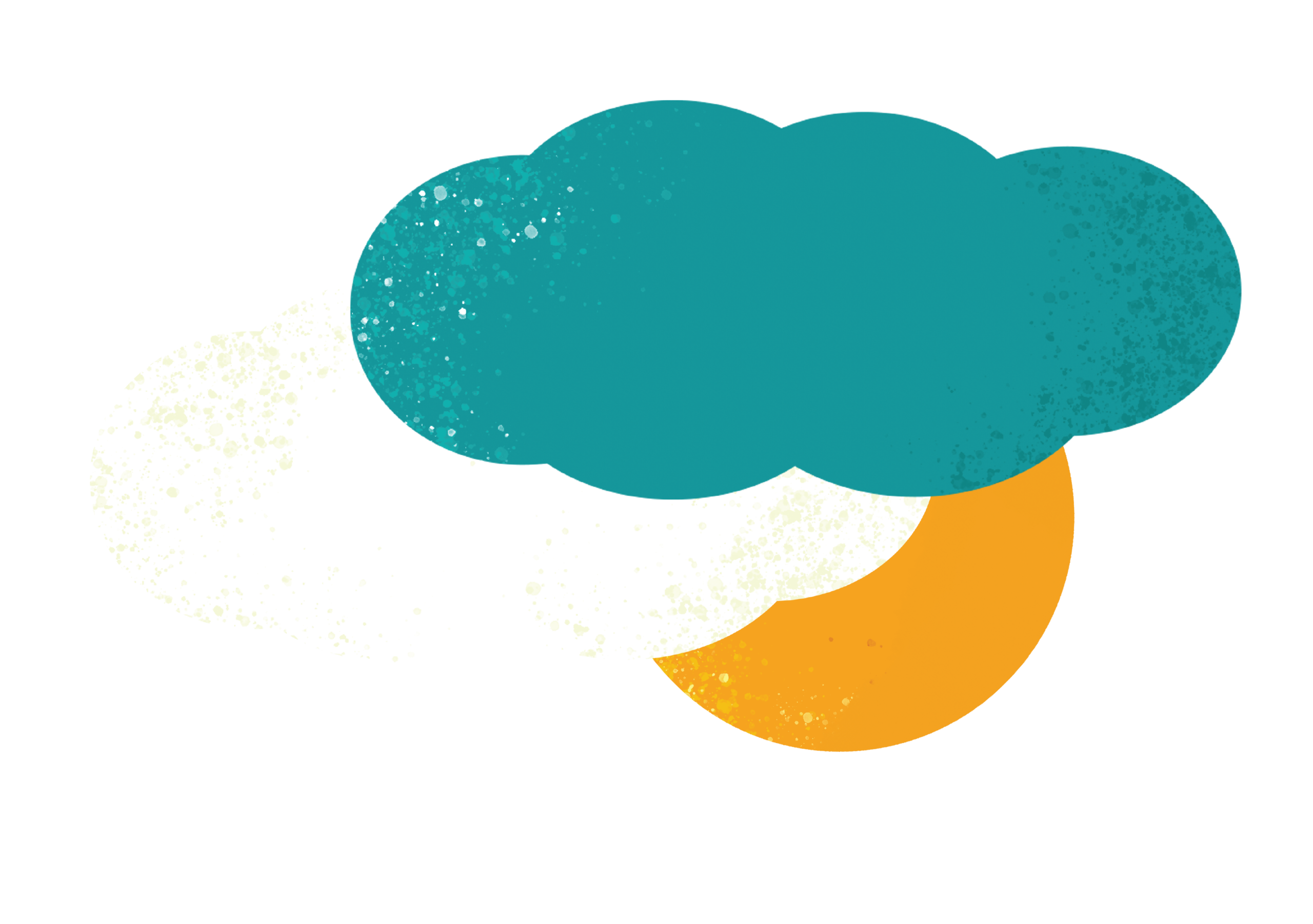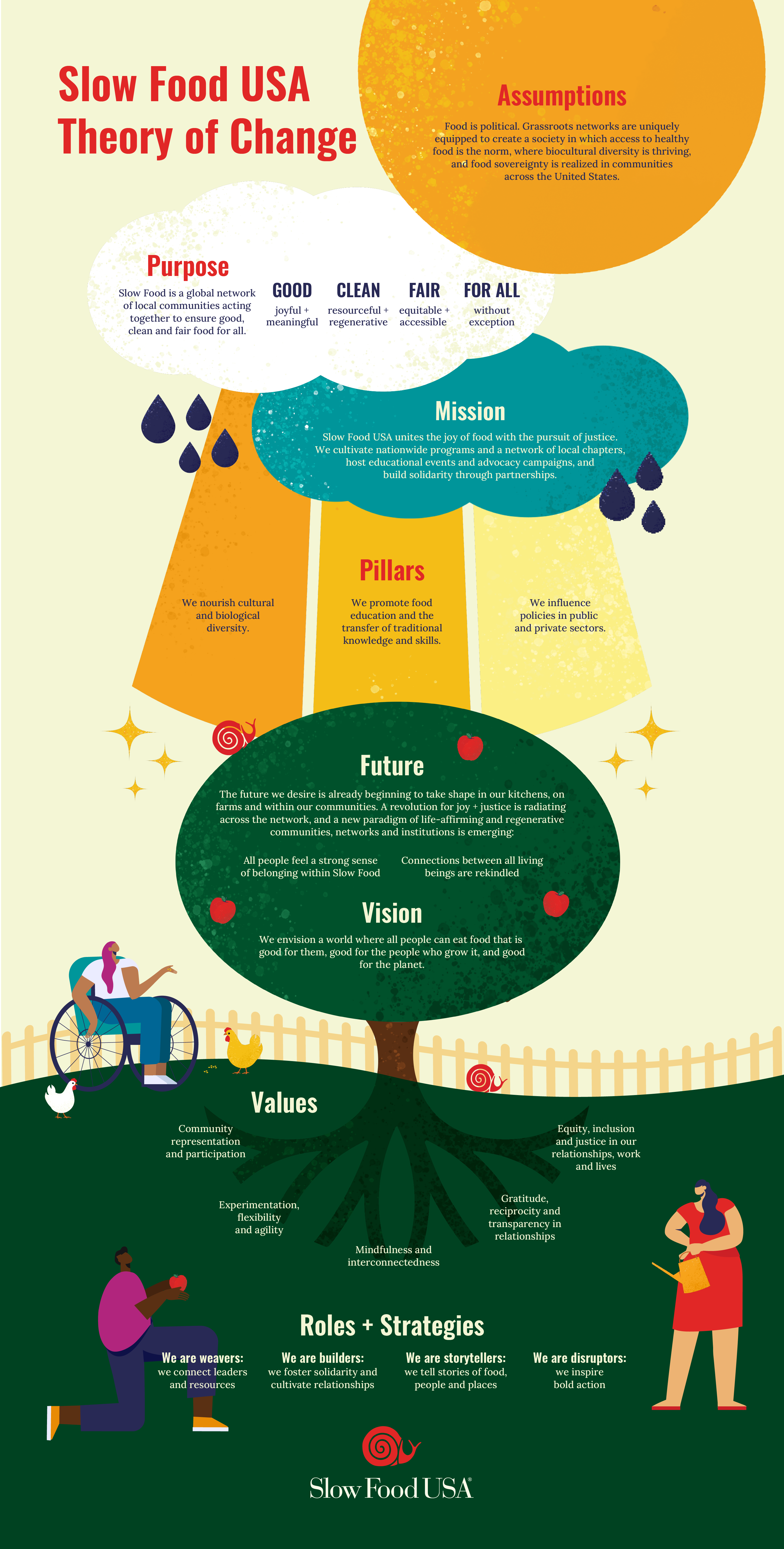Our Theory of Change




Slow Food is a lot of things to a lot of people. For some people, it’s all about the ethos of the sweet, slow life, where we savor long conversations around a table. For others, it’s about teaching kids in a school garden how green beans creep up a pole and taste so fantastic. Others prefer to call their federal and local policymakers to demand good, clean and fair food for all. We have fish-harvesters and chefs, students and elders in our network.
The common thread that weaves all these beautiful souls together — the spark that draws us to Slow Food and makes us lifers — is what we articulate in the Theory of Change. A theory of change explains what an organization does and how it believes it will achieve its vision for a changed world. This is the common language of who we are, what we do, and why we do it.


